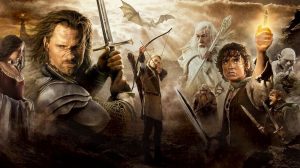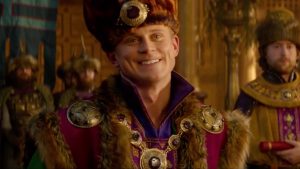Actress Ema Horvath has joined the slowly assembling cast of Amazon Prime’s adaptation of the novels and unpublished writings of J.R.R. Tolkien, becoming only the fifth actor to do so – at the rate this is going, we should have a full cast sometime by the end of next year: but filming apparently begins in February, so the series’ casting directors might want to speed things up and stop searching relentlessly for hairy bikers and “wonderful noses”. All the wonderful noses in the world aren’t going to help a show that can’t pull together a main cast.

Still, Horvath’s casting is at least a welcome sign of life from the project, which seems to randomly tumble into our newsfeeds every month or two with a sudden, startling announcement that makes us all sit up for twenty minutes before settling back into the long dark of Moria. Perhaps, if Amazon Prime could release some plot details, character names, or even a few pieces of concept art, we might have cause to get really excited: but these little unofficial news-stories are becoming increasingly infuriating as we’re forced to wait in silence for weeks in between, contenting ourselves with reading frustrating articles about all the things that the show could do wrong or “has” to get right (naming no names, of course).
Horvath herself is not likely to heighten our excitement or give outsiders a reason to get hyped: she’s a relatively obscure actress, with a small resume. I’m not certain which character she could be portraying onscreen, but I hope we might get an indication soon, as the show moves into production. I’d love it if Amazon could surprise us all and suddenly put out a big, detailed press release or something that all of us theorists could obsess over for a couple of weeks. That would be nice.
What do you think of the casting? Share your own thoughts, theories and opinions in the comments below!
